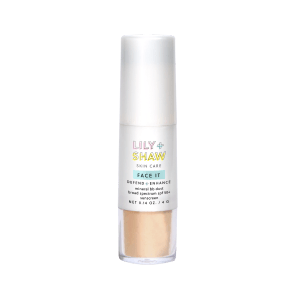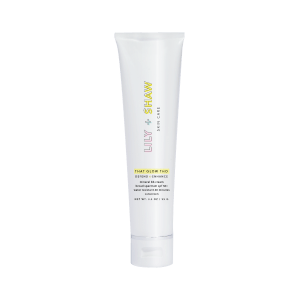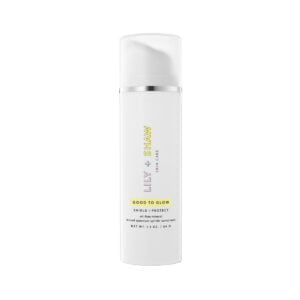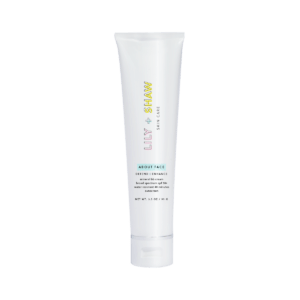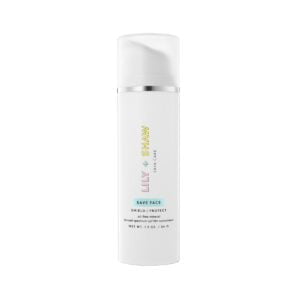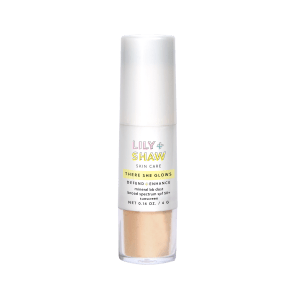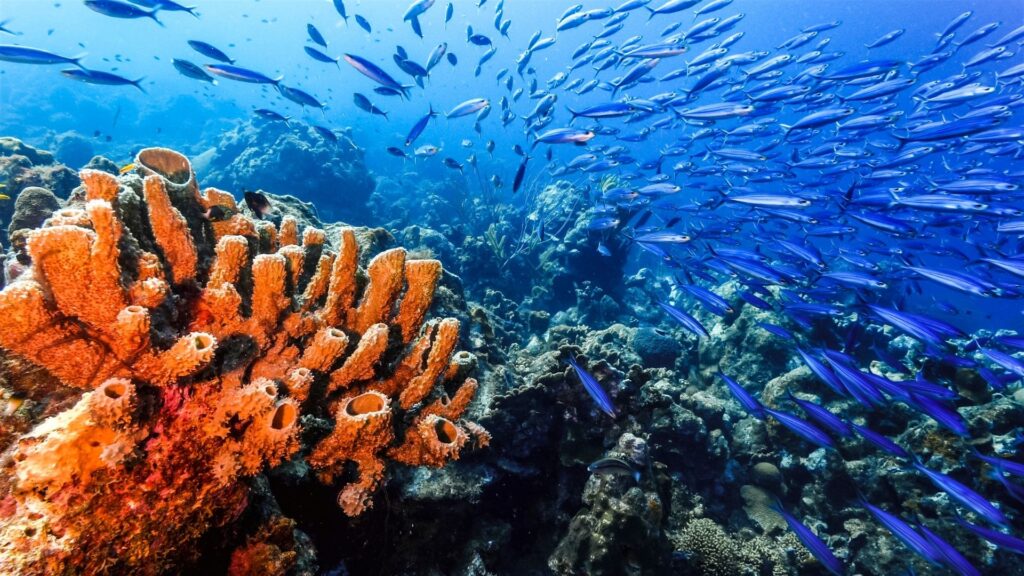
Is your sunscreen reef safe?
Is Your Sunscreen Reef-Safe? (And Why It Should Be)
The world’s coral reefs are some of the most biologically diverse and pristine ecosystems on our planet. These large underwater structures are essentially the skeletons of coral, which are marine animals. But the world’s coral reefs are in danger from harmful chemicals. Specifically, chemicals commonly found in sunscreens are possibly contributing to the problem. Reef-safe sunscreens offer relief to the reefs while effectively protecting you from the sun’s harmful rays. Read on to learn what a reef-safe sunscreen is and why you may want to choose one in the future.
The environmental toll of sunscreens: A daunting problem
The numbers are staggering. Human beings dump an estimated 14,000 tons of sunscreen into the world’s oceans each year. What’s more, most of this sunscreen is concentrated at popular diving spots and snorkeling sites, which are home to the world’s most beautiful coral reefs.
Scientists believe that 82,000 different chemicals from personal care products find their way into our oceans. As a result, the coral reefs around the world are suffering. In the last five decades, 80% of the corals in the Caribbean Sea have been lost due to chemical pollution, increasingly warm waters, and coastal development. Therefore, minimizing any additional damage seems like a sound idea.
Why (some) sunscreens are bad for the environment
At a moderate-sized beach on a sunny day, some 5,000 people can get into the water, most of whom are wearing sunscreen products that can potentially be toxic to marine life. When people wear sunscreens that contain potentially harmful chemicals and swim in the ocean, the chemicals seep into the water and are absorbed by the corals. The nanoparticles (tiny particles) in the sunscreen enter the corals and disrupt their growth and reproduction. As a result of this stress, the corals undergo a process called bleaching, where they turn completely white. Although bleached corals are not yet dead and may still recover, they are at very high risk of dying.
When people use a spray or aerosol sunscreen on the beach, a lot of the product ends up in the sand, and from there, makes its way into the water. (Spray sunscreens are also potentially harmful to your health because the ingredients in these products can be easily inhaled).
Even when people don’t swim in the ocean wearing sunscreen, it enters the drain when they shower, and the chemicals ultimately make their way into the ocean.
Some of Lily + Shaw's Reef Safe Sunscreens
Healing fragile underwater ecosystems
In response to the increasing contamination of coral reefs with chemicals, some countries such as the paradise island of Palau in the Pacific Ocean, the US Virgin Islands, the Caribbean island of Bonaire, and Hawaii have banned reef-toxic sun protection. Sunscreens that contain chemicals like oxybenzone and octinoxate, which are common ingredients in chemical sunscreens, are not permitted to be sold or used in these regions. With more countries and regions set to follow suit (Key West in Florida will ban the sale of reef-toxic sunscreens starting 2021), manufacturers are scrambling to offer reef-safe sunscreens.
How can I tell if my sunscreen is reef-safe?
Unfortunately, the term reef-safe is not clearly defined or regulated. As a result, many products claim to be reef-safe, but in truth, they are not. To be sure your sunscreen is reef-safe, check the list of active ingredients on the product label. Make sure your sunscreen does NOT contain the following harmful chemicals:
• Oxybenzone
• Octinoxate
• Homosalate
• PABA
• Octocrylene
• 4-methylbenzylidene camphor
• Triclosan
• Parabens
Mineral sunscreens do not contain reef-harming chemicals. So, a mineral sunscreen in which the active ingredient is zinc oxide or titanium dioxide is your best bet.
Reef-safe sunscreens – good for you and the planet
Wearing sunscreen is essential to guard against sunburns and protect against skin cancer. To protect the world’s corals, you don’t have to go without sun protection. It is possible to protect both yourself and the corals.
Always check what’s in your sunscreen cream. A reef-safe sunscreen is recommended because it’s free of oxybenzone and other harmful chemicals. Mineral-based sunscreens that contain zinc oxide or titanium dioxide are good for the planet and good for your skin.
Also, make sure you pick a non-nano sunscreen that does not contain nanoparticles that can be ingested by the corals. Avoid sprays and aerosols where most of the product misses the mark and ends up in the sand, from where it can easily wash into the ocean.
The world’s coral reefs are one of our most spectacular treasures, home to thousands of species of fish—these submerged Gardens of Eden wow snorkelers and SCUBA divers the world over. With some simple choices, we can all have a big impact on the ocean and the life contained within it for the better.

